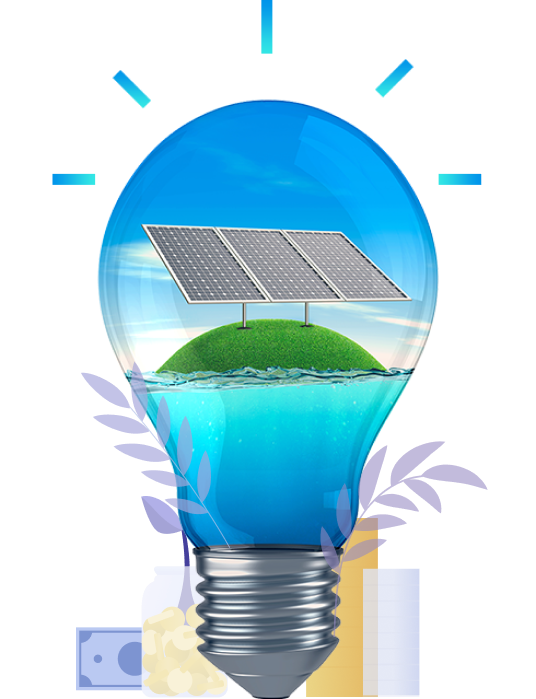Discover the benefits of 45L, 179D and other green energy tax incentives. Boost your bottom line with these powerful incentives.

Discover the benefits of 45L, 179D, and other green energy tax incentives. Boost your bottom line
with these powerful incentives.
The 45L tax credit is a powerful incentive designed to encourage energy-efficient residential construction in the United States. It provides significant benefits to developers and builders who prioritize environmentally friendly practices and strive to create homes with reduced energy consumption.
Under the 45L tax credit, eligible contractors can claim a tax credit of up to $2,000 per dwelling unit for each qualified energy-efficient residence constructed or substantially renovated. To qualify, a home must meet specific energy efficiency criteria established by the Internal Revenue Service (IRS).
The criteria for the 45L tax credit encompass various aspects of a dwelling's energy efficiency, including insulation, windows, doors, heating, cooling, and ventilation systems. Homes that achieve a certain level of energy savings compared to a reference building are eligible for the credit. This credit can be a significant financial advantage for developers and builders, helping to offset construction costs and make energy-efficient projects more economically viable.
By leveraging the 45L tax credit, businesses can not only reduce their tax burden but also contribute to a more sustainable future. Energy-efficient homes not only lower utility costs for homeowners but also decrease carbon emissions and conserve natural resources. This tax credit serves as a valuable tool to incentivize the construction of greener homes, promoting energy conservation and environmental stewardship across the housing industry.
The 179D tax deduction, also known as the Energy Efficient Commercial Building Deduction, is a valuable incentive that encourages energy efficiency improvements in commercial buildings throughout the United States. This deduction provides significant advantages to building owners, designers, and architects who prioritize sustainable design and energy conservation.
Under the 179D tax deduction, eligible entities can claim deductions of up to $5.00 per square foot for energy-efficient improvements made to qualifying commercial buildings. These improvements typically include enhancements to the building envelope, HVAC systems, and lighting systems, among others. The deduction is available for both new construction and renovations that meet specific energy efficiency requirements established by the Internal Revenue Service (IRS).
The 179D tax deduction offers financial benefits by significantly reducing tax liabilities for eligible entities. Building owners, architects, engineers, and contractors involved in energy-efficient building projects can take advantage of this deduction to offset construction costs and improve the return on investment. The deduction can be allocated among multiple parties involved in the project, providing an additional incentive for collaboration and promoting the adoption of sustainable building practices.
By harnessing the power of the 179D tax deduction, businesses can unlock substantial tax savings while simultaneously playing a vital role in building a sustainable future. Energy-efficient commercial buildings not only result in reduced operational costs for owners and tenants but also contribute to the conservation of energy resources and a significant decrease in greenhouse gas emissions.
Embracing the 179D tax deduction incentivizes the adoption of energy-efficient practices, propelling the construction and renovation of environmentally conscious buildings. Together, we can forge a path towards a greener and more sustainable commercial building sector.
Check out our recent Insights
Partner with the best-in-class team at MVO
MVO is a trusted partner specializing in engineering-based tax credit and incentive services. With expertise in Cost Segregation, Fixed Asset Reviews, R&D Tax Credits, and Green Energy Incentives, we empower businesses to optimize their tax savings and unlock valuable financial opportunities.
Have a question?
Contact us at
Be the first one to get all the latest updates from MVO